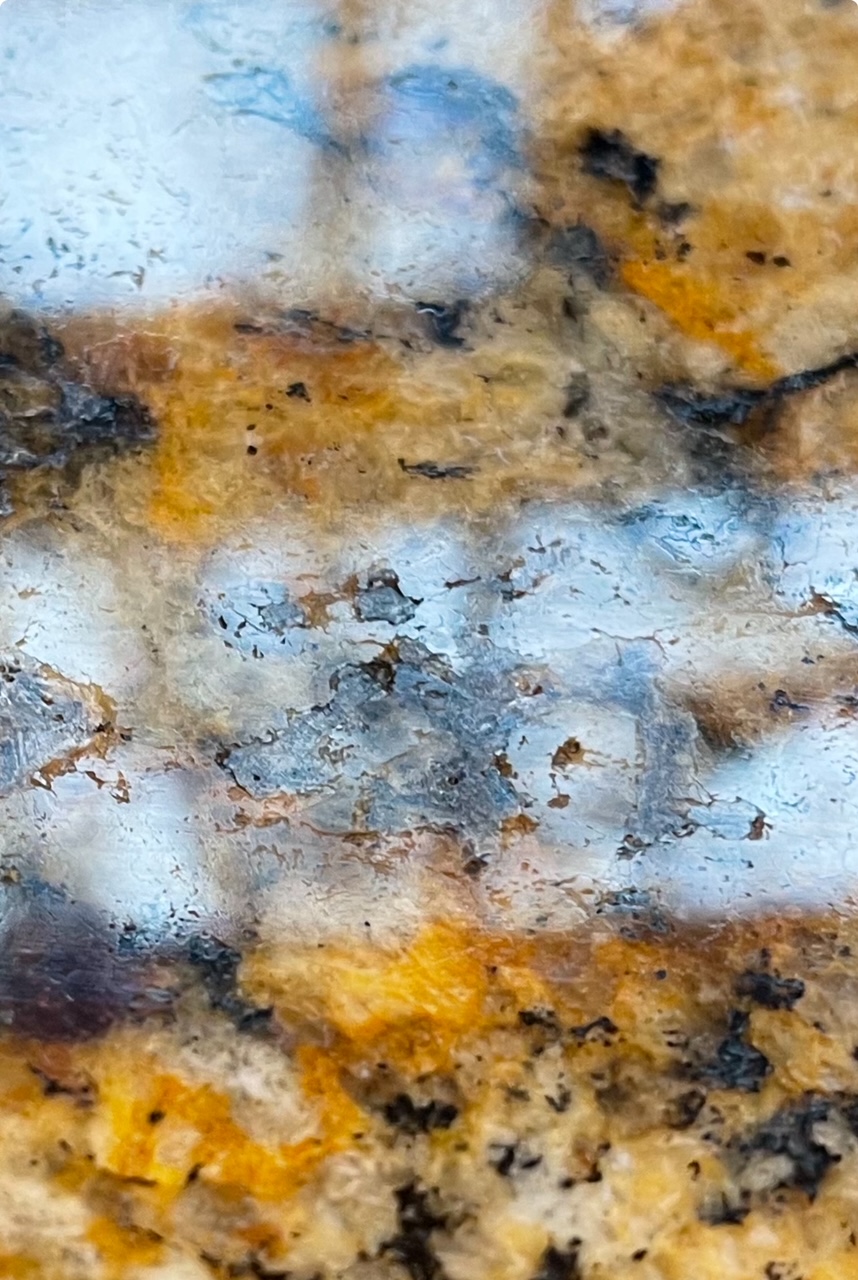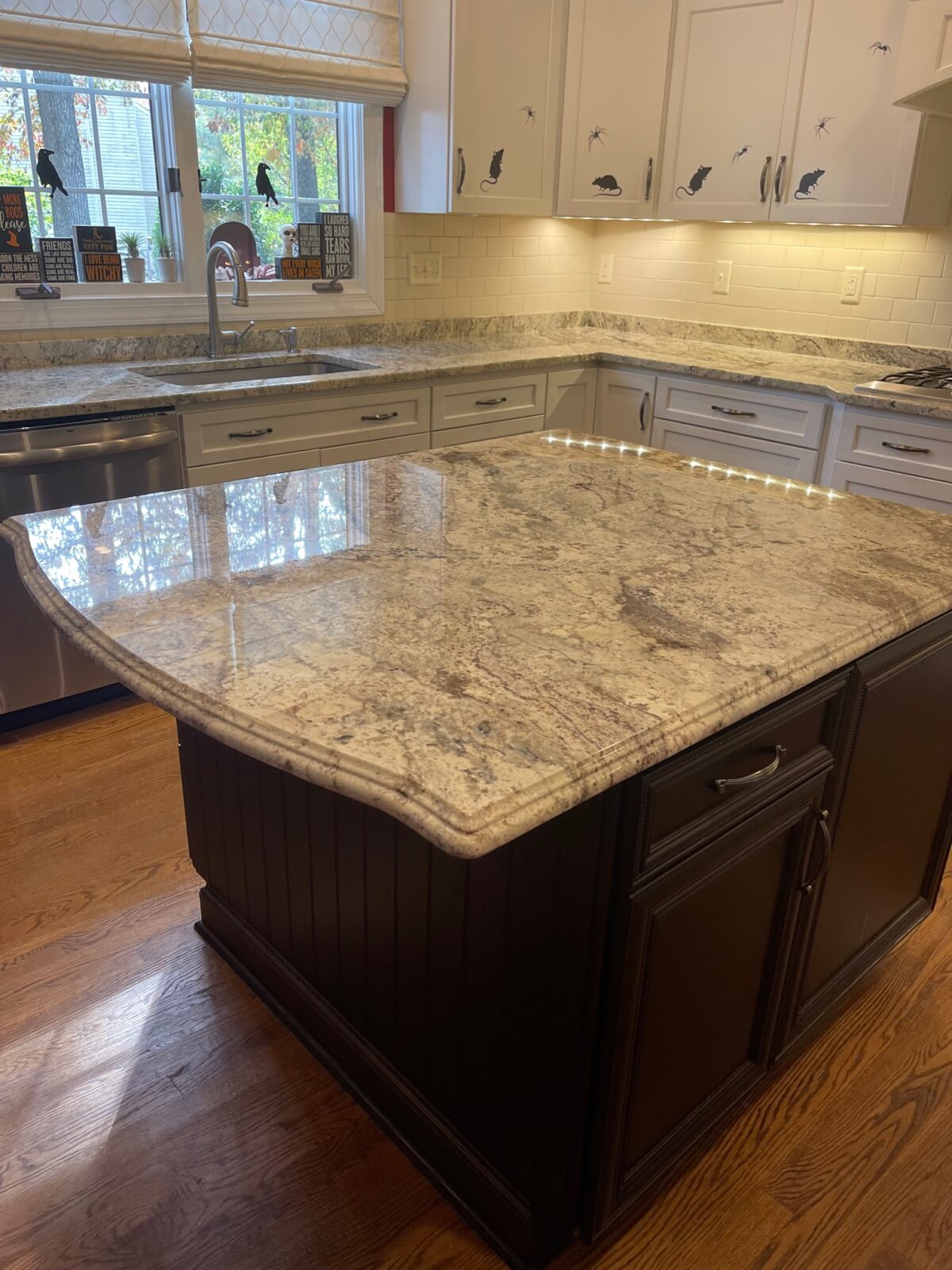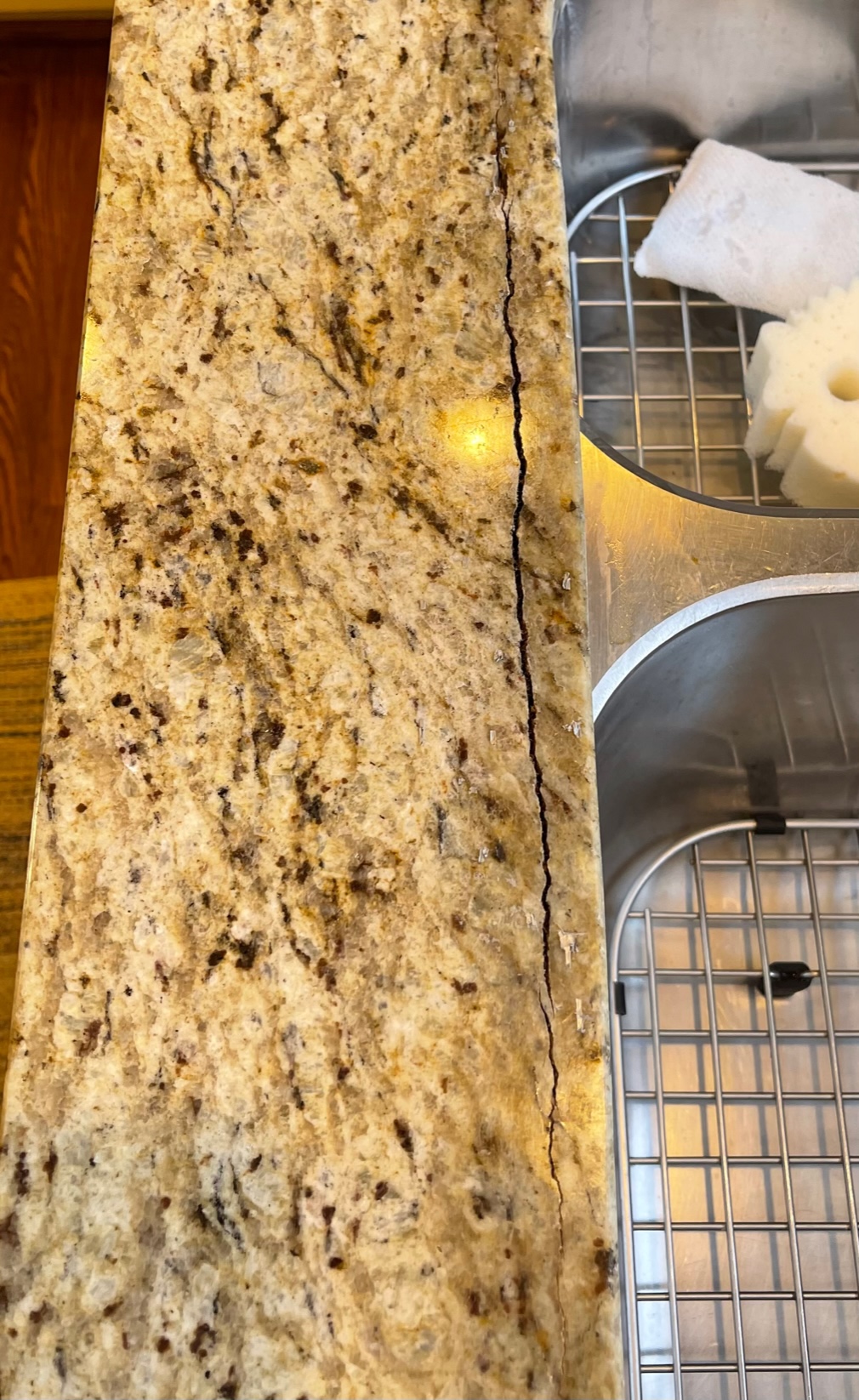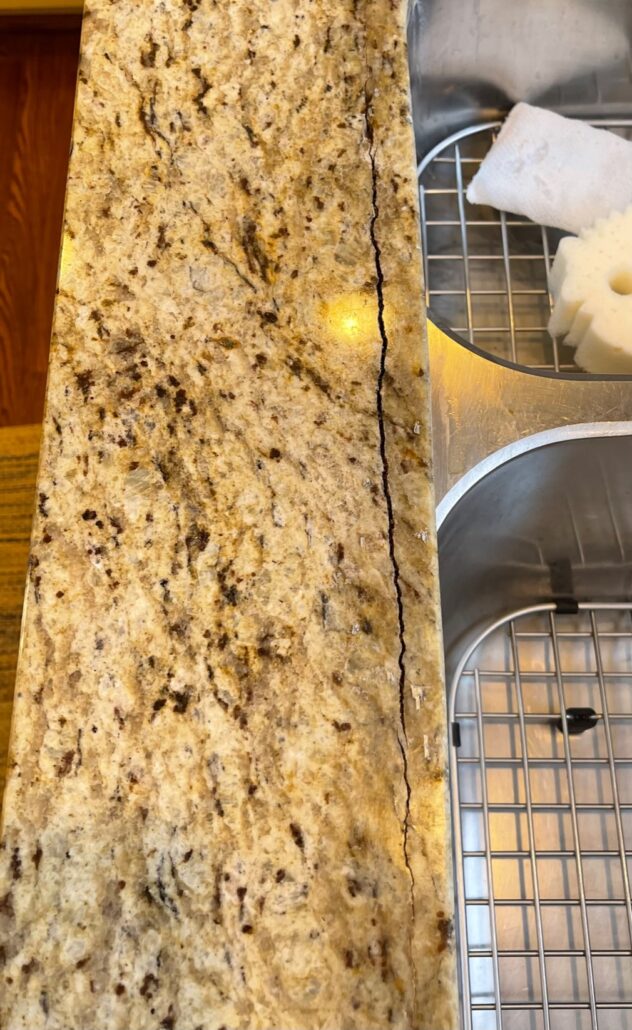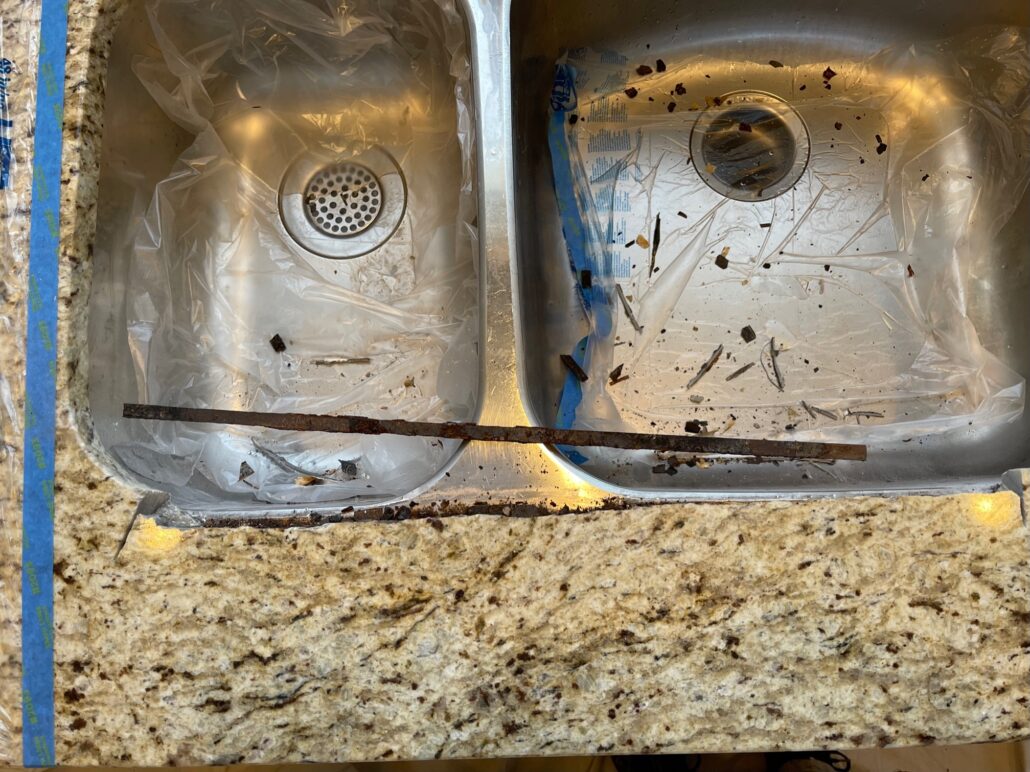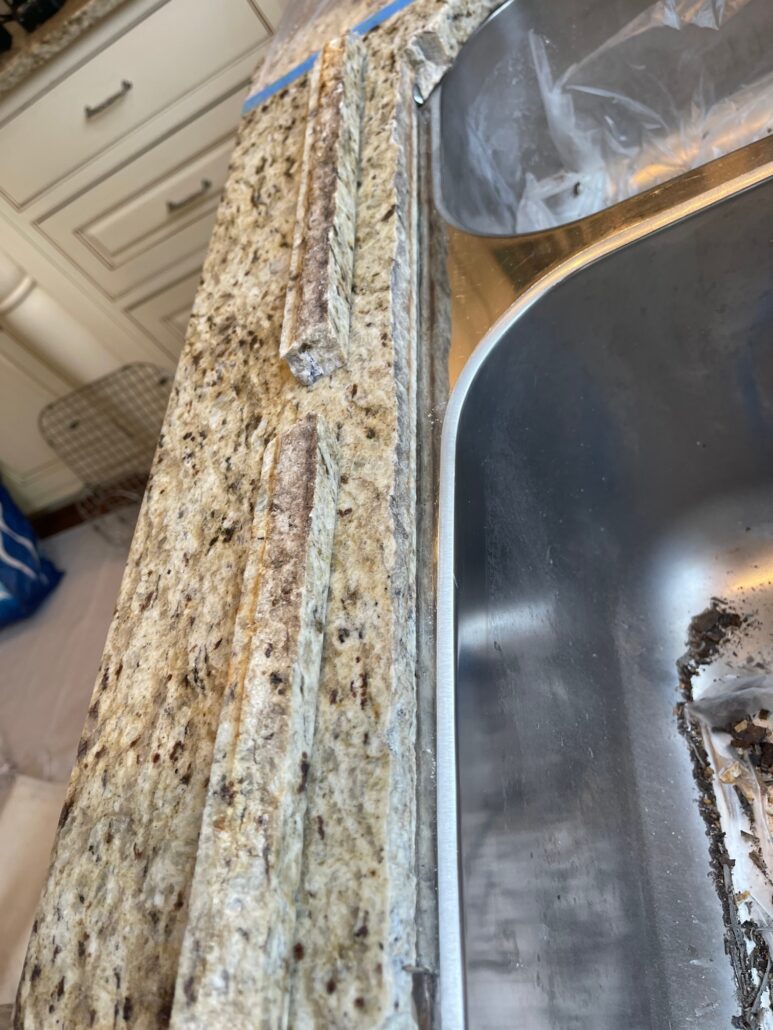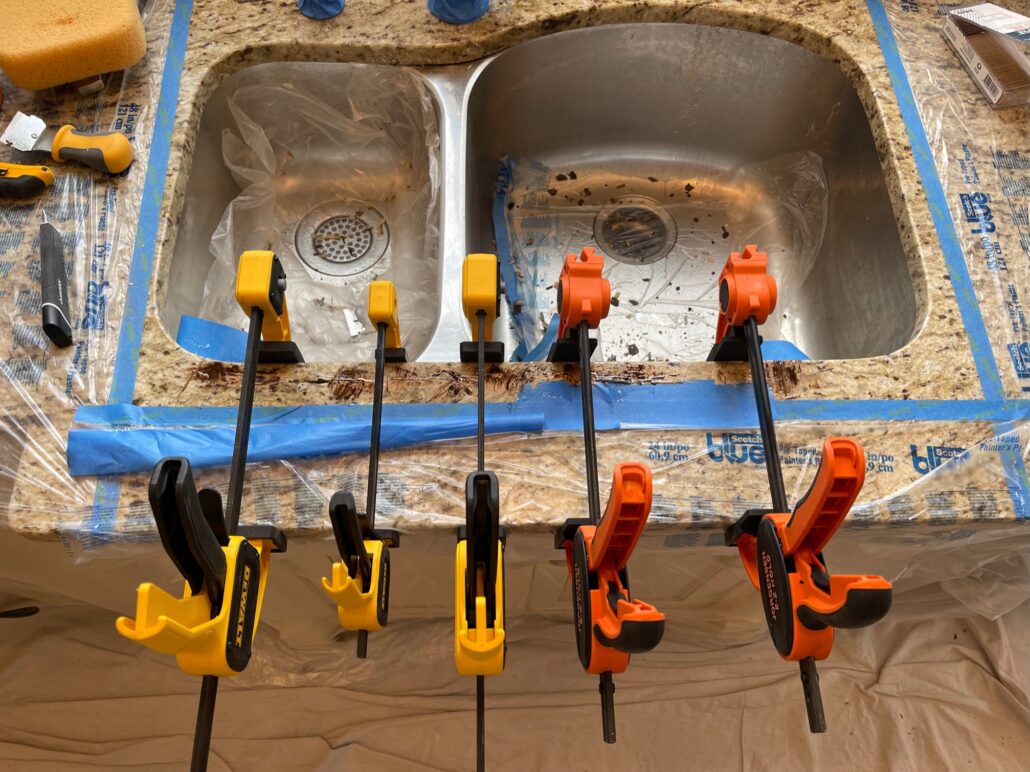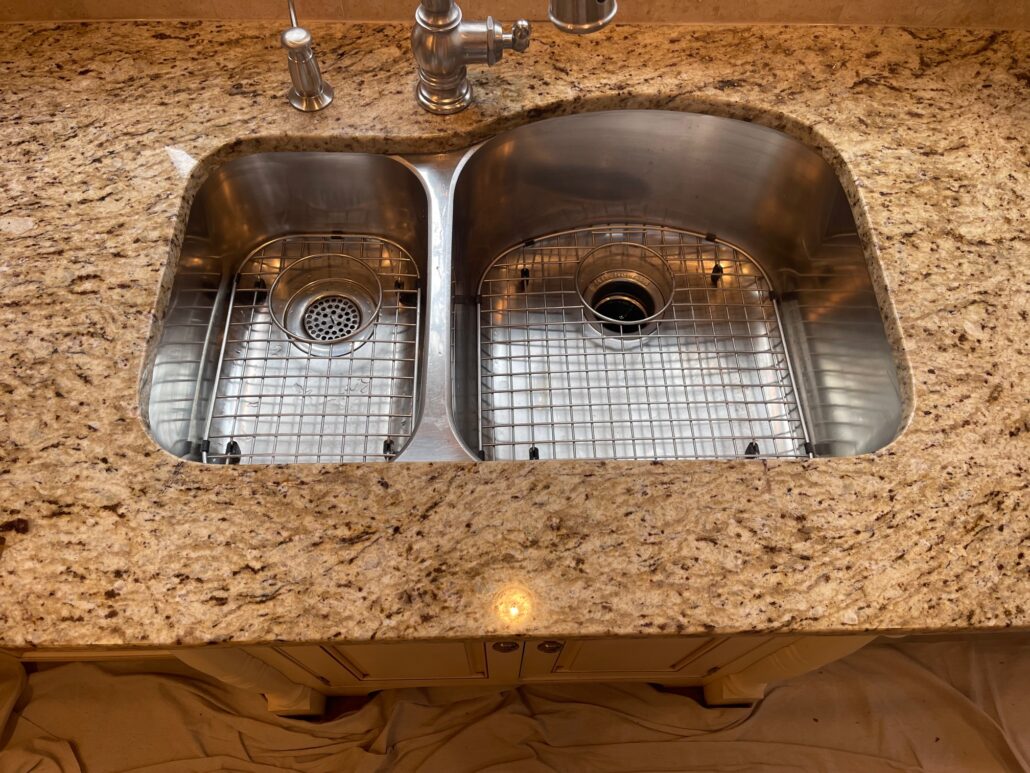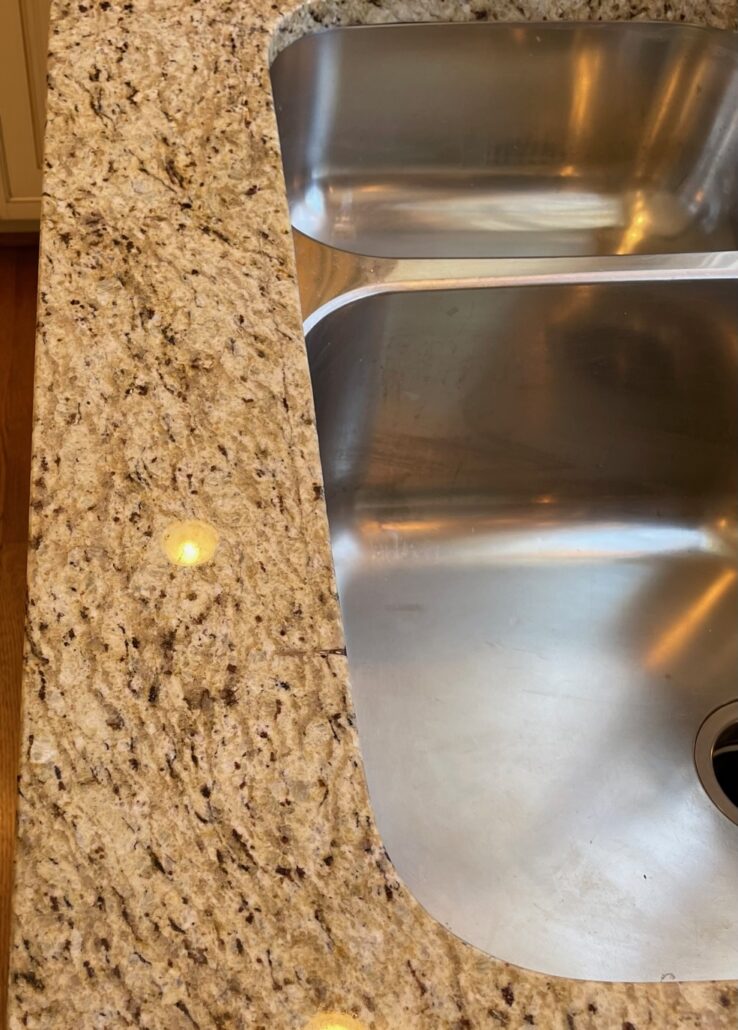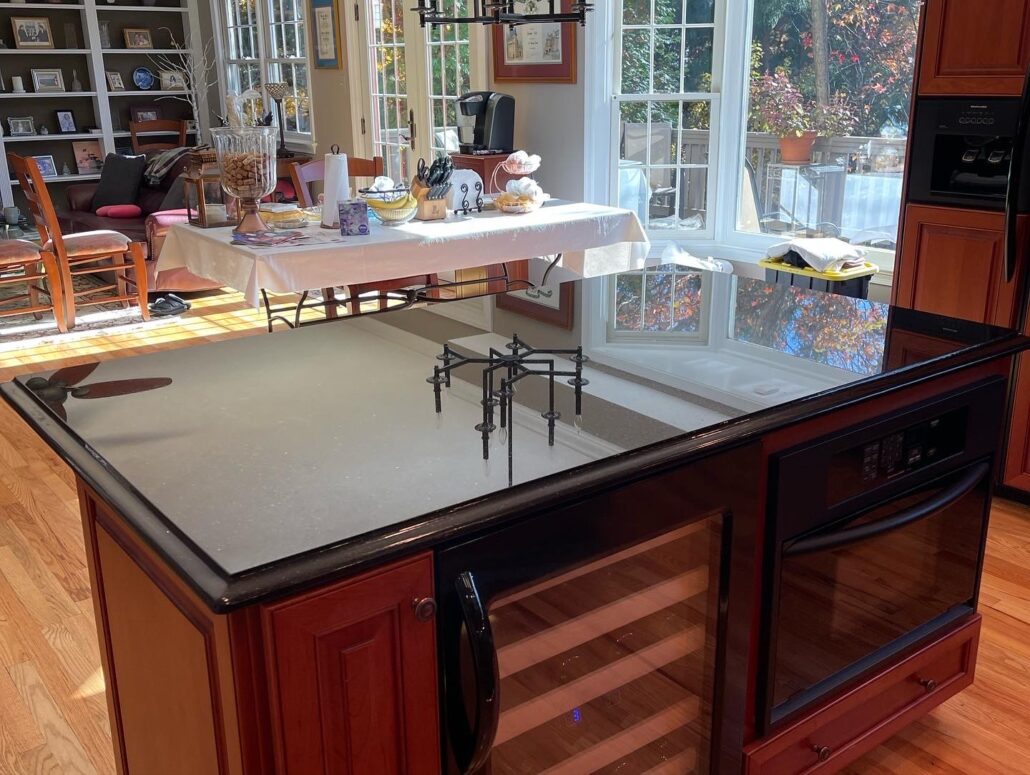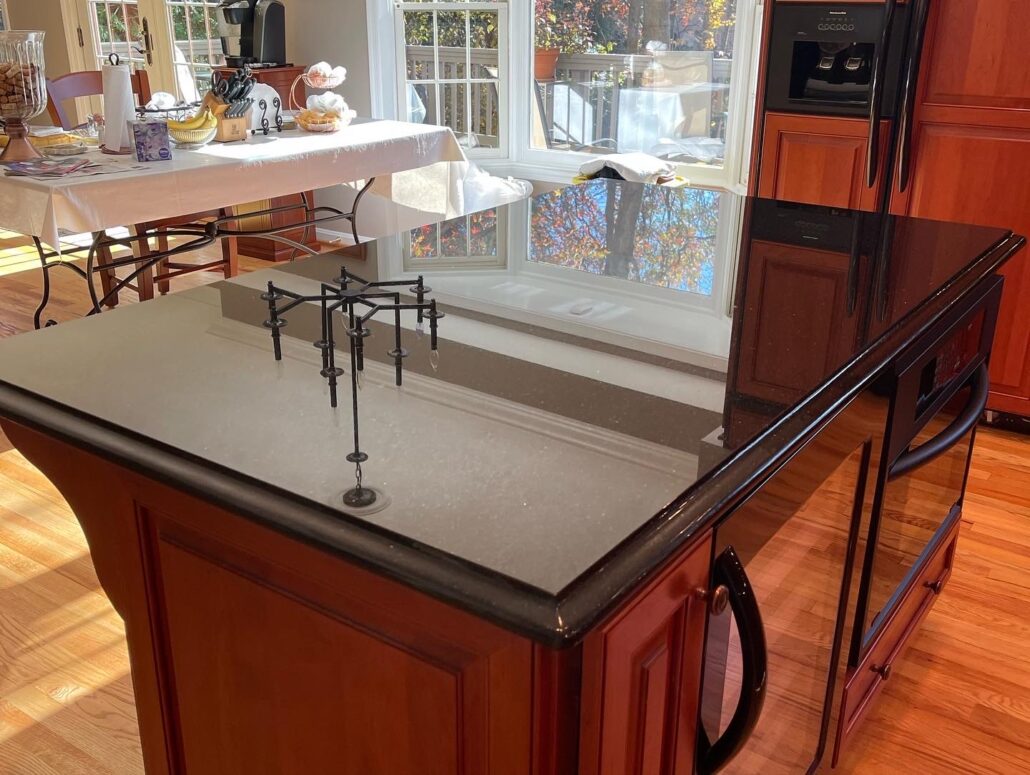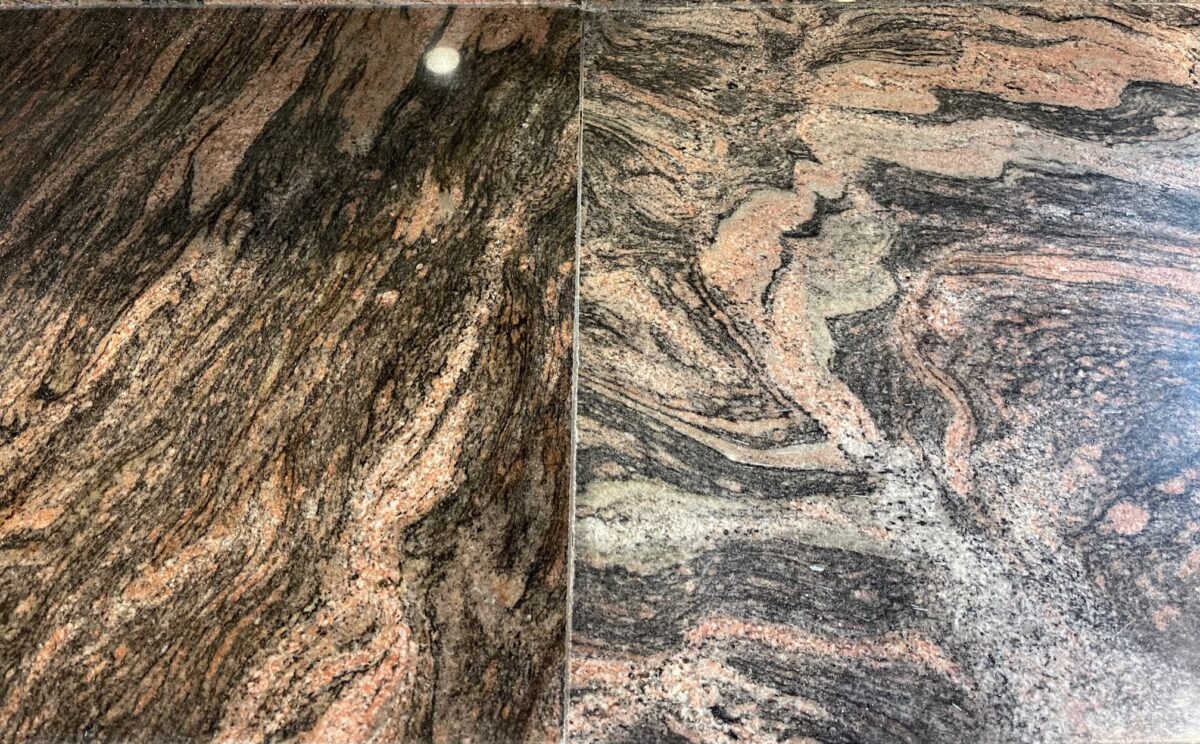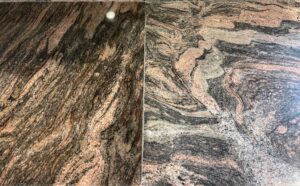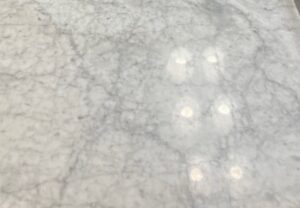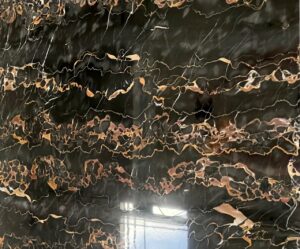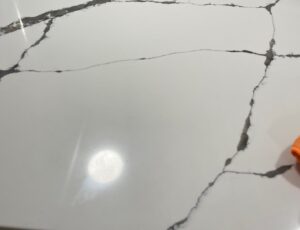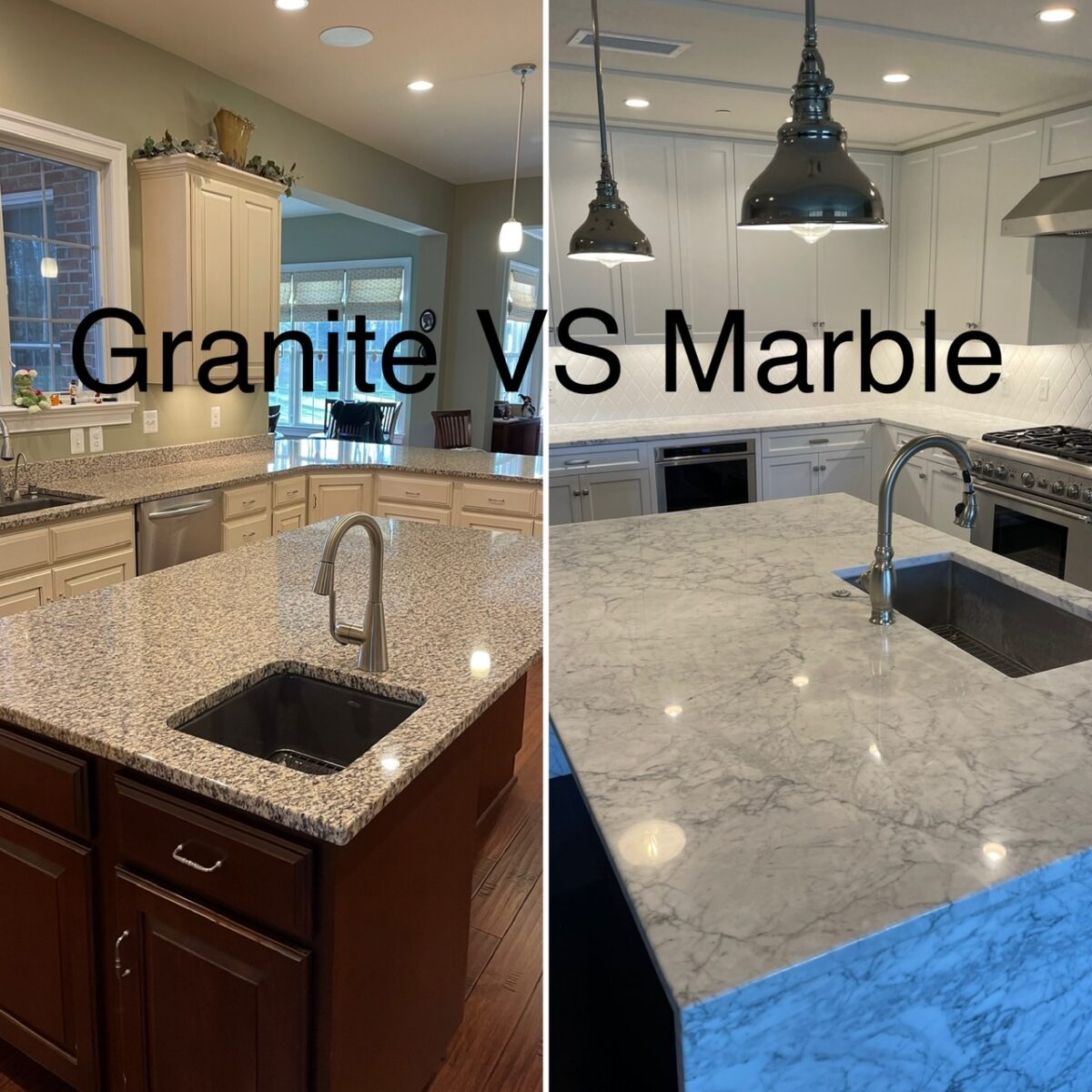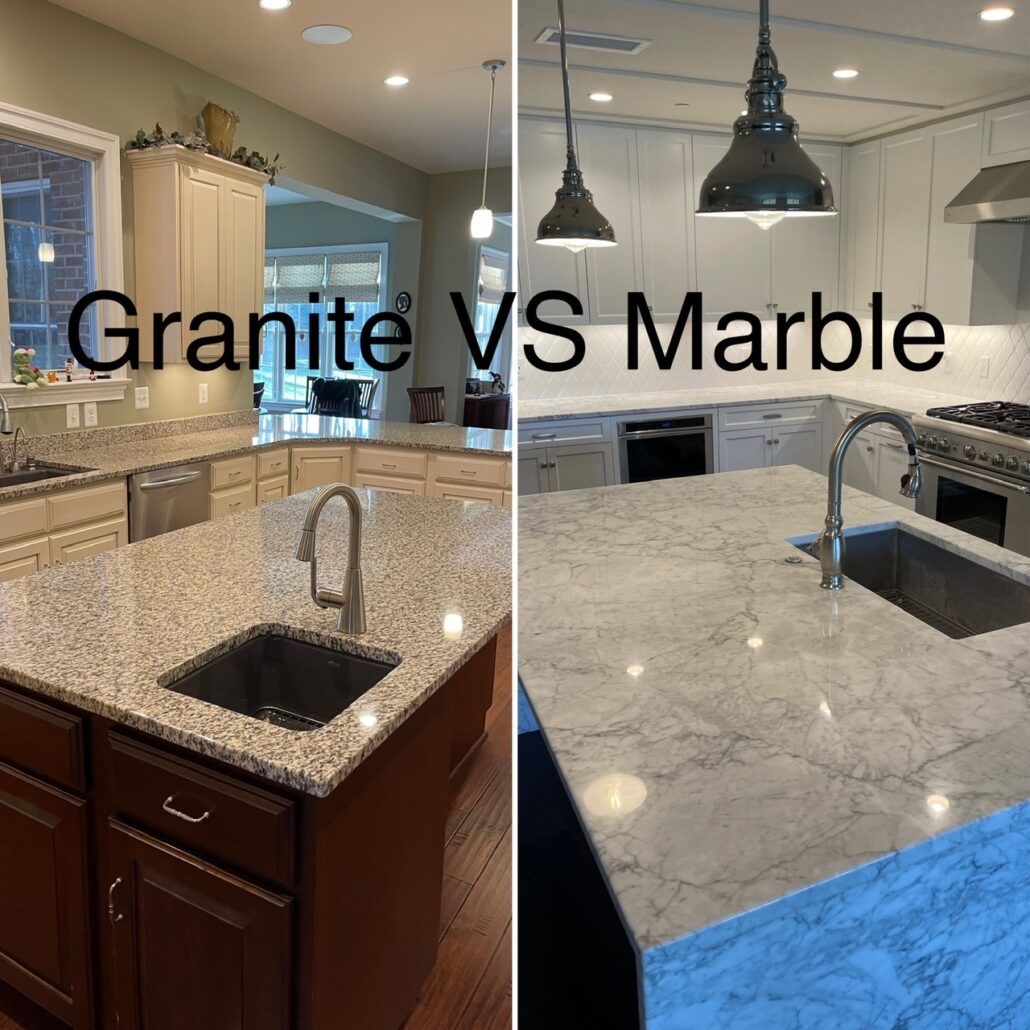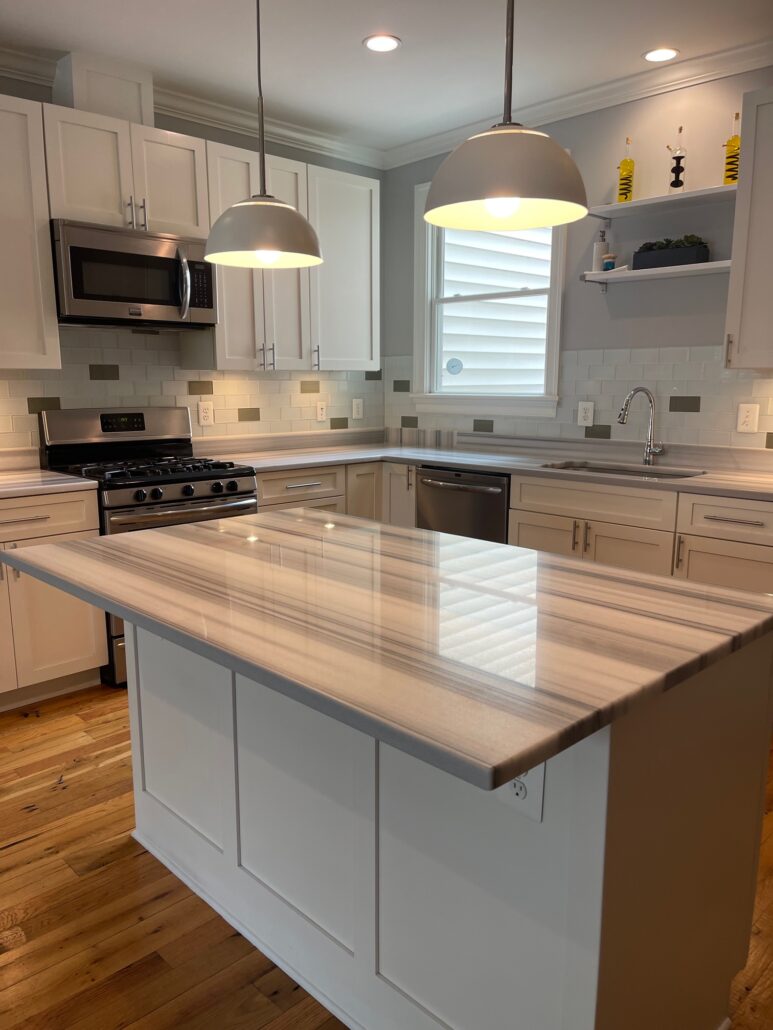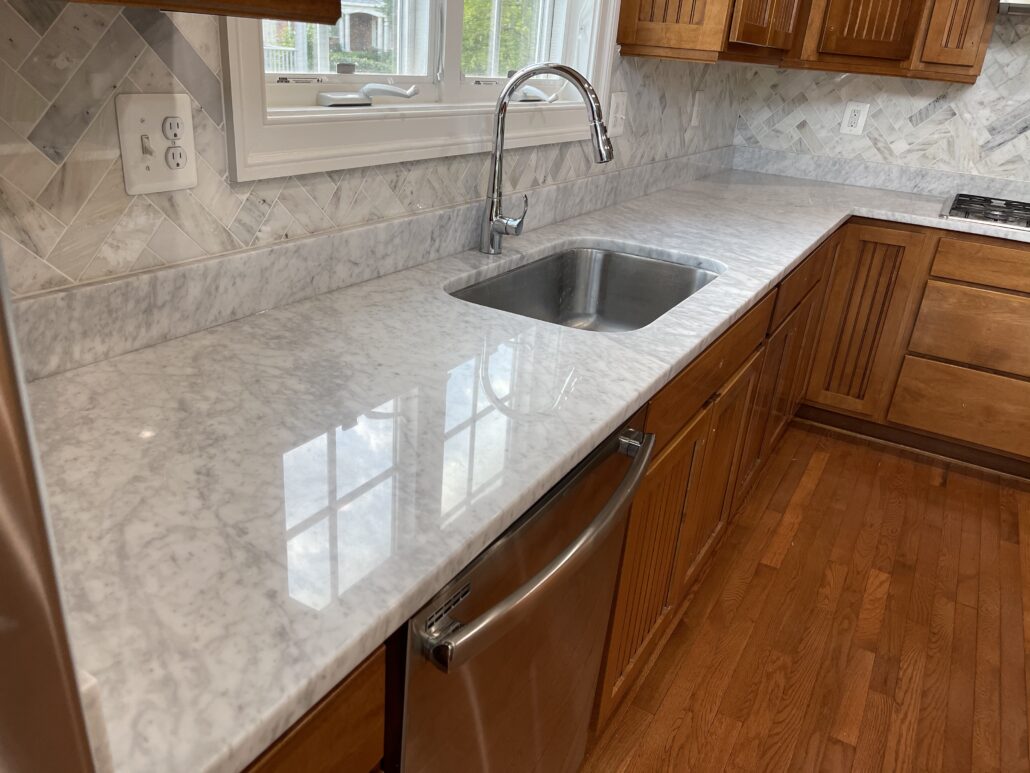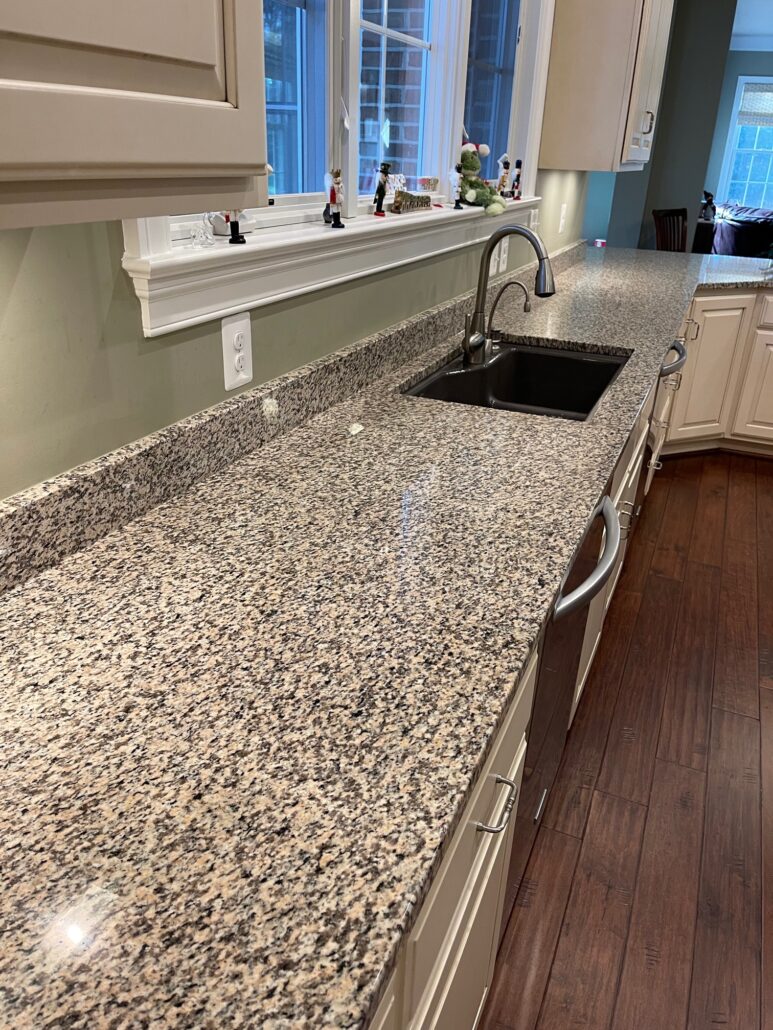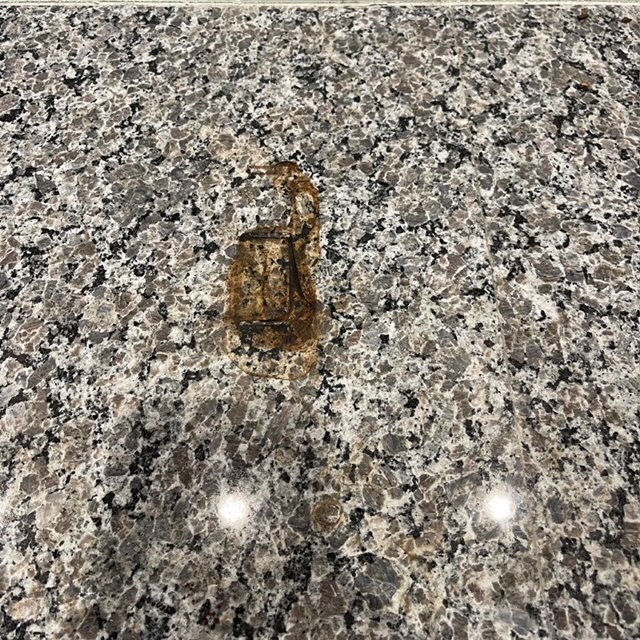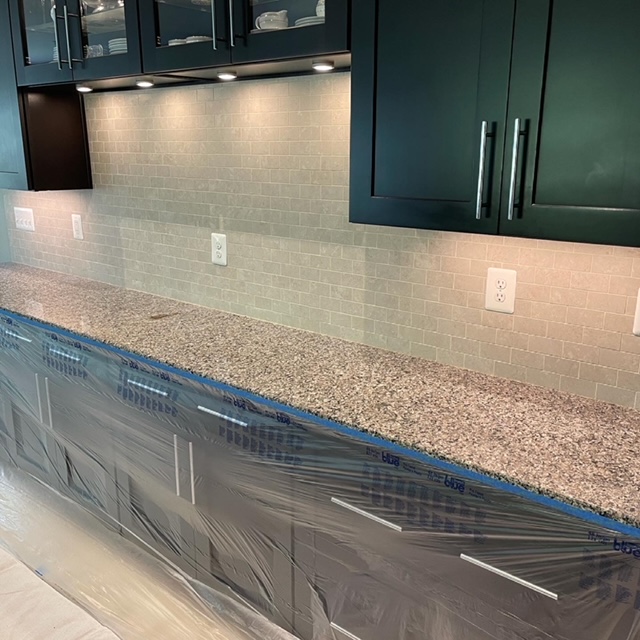Natural Stone Damage – Spalling Explained
Natural stone has been a timeless choice for architectural and design purposes, offering unparalleled beauty and durability. However, even the sturdiest of materials are not immune to wear and tear. In this blog post, we delve into a common natural stone woe: spalling. What is spalling, and how can you prevent and address this issue? Let’s uncover the layers of natural stone damage.
What is Spalling?
Spalling refers to the deterioration of a material’s surface, often resulting in the flaking or chipping of layers. In the context of natural stone, spalling can occur due to various factors, including weathering, freeze-thaw cycles, and structural stresses. This phenomenon is particularly common in regions with extreme temperature fluctuations.
Causes of Natural Stone Spalling:
- Freeze-Thaw Cycles:
- In colder climates, water can seep into the pores of natural stone.
- When the water freezes, it expands, putting pressure on the stone and causing it to crack and flake.
- Weathering:
- Exposure to harsh weather conditions, such as rain, wind, and UV rays, can contribute to the breakdown of the stone’s surface.
- Structural Stresses:
- Poorly designed structures or inadequate support can lead to uneven weight distribution on natural stone surfaces, accelerating spalling.
Prevention Techniques:
- Sealing:
- Regularly seal natural stone surfaces to create a protective barrier against moisture infiltration.
- Proper Installation:
- Ensure that natural stone is installed with proper drainage systems to prevent water accumulation.
- Structural Assessment:
- Conduct periodic structural assessments to identify and address issues that may contribute to uneven stresses on the stone.
- Choose Resilient Stone Types:
- Opt for natural stone varieties known for their resistance to spalling, such as granite or limestone.
Addressing Spalling:
- Surface Repair:
- Small spalled areas can often be repaired using specialized stone patching materials.
- Professional Restoration:
- For extensive damage, consider hiring professionals like NOVA Stone Care for stone restoration services to bring your surfaces back to their original glory.
Conclusion:
Natural stone adds an unmatched aesthetic appeal to any space, but understanding and addressing potential issues like spalling is crucial for its longevity. By taking preventive measures and promptly addressing damage, you can ensure that your natural stone surfaces stand the test of time, weathering challenges with grace.
Incorporating these insights into your stone maintenance routine will not only enhance the longevity of your natural stone but also preserve its timeless beauty for generations to come.
To find out more about natural stone industry, visit Natural Stone Institute website. Check out our project gallery section for more info and pictures.
We breathe life into your stone.


